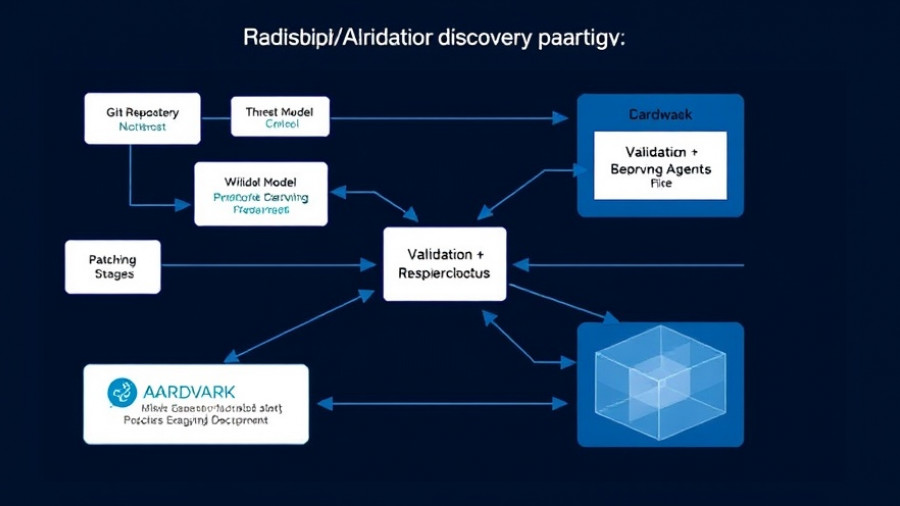
Understanding Agentic AI: The Next Frontier of Intelligent Systems
As the realm of AI continues to advance, we are witnessing a significant shift from simple chatbots to more sophisticated AI agents capable of executing complex tasks autonomously. This transformation is defined by the emergence of agentic AI design patterns, which serve as frameworks that equip AI developers with the necessary tools to create intelligent systems that can reason, act, and adapt to various scenarios. In this article, we’ll explore five essential agentic AI design patterns every AI engineer should know to enhance their projects and leverage the capabilities of today’s cutting-edge AI technologies.
1. The ReAct Agent: A Step Towards Human-Like Problem Solving
The ReAct (Reason and Act) agent embodies a paradigm that mimics human problem-solving capabilities. By combining reasoning and actionable steps, the ReAct framework allows agents to evaluate their environment, execute necessary actions, and adapt their strategies based on observational feedback. For instance, much like a person deciding dinner based on available ingredients, a ReAct agent assesses its options, makes informed decisions, and carries out steps to reach optimal solutions. This flexibility is invaluable in tackling unpredictable tasks, making ReAct agents essential in many AI applications today.
2. Introducing CodeAct Agents: Bridging Natural Language and Code Execution
Another notable design is the CodeAct agent, which harnesses natural language processing to generate, execute, and refine code. Unlike traditional coding tools that only convert text to code, CodeAct agents are equipped to run the code within a secured environment, reflecting on the results, and adjusting based on observations. A prominent example of this technology is Manus AI, which effectively handles complex requests through multiple stages, ensuring both accuracy and efficiency. CodeAct patterns facilitate dynamic interaction between user intent and coding tasks, effectively streamlining processes such as programming, debugging, and software testing.
3. Self-Reflection in AI: Empowering Continuous Learning
Reflection Agents take self-evaluation to the next level by enabling AI systems to learn from their mistakes and iteratively improve their performance. This cyclical method allows the agent to assess its output against predetermined criteria, refining the result until it meets high standards. Through self-reflection, these agents not only enhance their reliability but also adapt over time, reinforcing the notion that AI can progressively evolve into smarter systems capable of handling complex challenges effectively.
4. Multi-Agent Workflows: Unifying Expertise for Collaborative Solutions
The multitasking capabilities of Multi-Agent Workflows enable various specialized agents to work together towards a common goal. Each agent is assigned specific tasks, leveraging their strengths to optimize overall performance. By dividing complex problems into manageable segments, this design pattern enhances flexibility and ensures high-quality results through strategic collaboration, proving indispensable in real-world applications that require nuanced, multifaceted solutions.
5. Agentic RAG: A New Approach to Information Retrieval
Finally, the Agentic RAG (Retrieval-Augmented Generation) design pushes the boundaries of standard information retrieval. By employing autonomous mechanisms, Agentic RAG agents actively seek and analyze relevant data while adapting their responses based on acquired knowledge. This intelligent blend of retrieval and generation allows for dynamic and nuanced interaction patterns, setting a new standard in how AI systems can respond to user requests.
Conclusion: The Future of AI Design Patterns
As the demand for smarter AI solutions increases, understanding these agentic design patterns will empower engineers to build cutting-edge systems that adapt to a continuously evolving landscape. By embracing frameworks like ReAct, CodeAct, Reflection, Multi-Agent Workflows, and Agentic RAG, AI professionals are on the verge of unleashing a new era where machines can think, act, and learn in ways previously unimaginable.
Call to Action: If you’re excited about the potential of agentic AI, start exploring these design patterns today! Join communities, participate in discussions, and push the envelope in your AI projects. The future of intelligent systems is in your hands.
 Add Row
Add Row  Add
Add 




Write A Comment